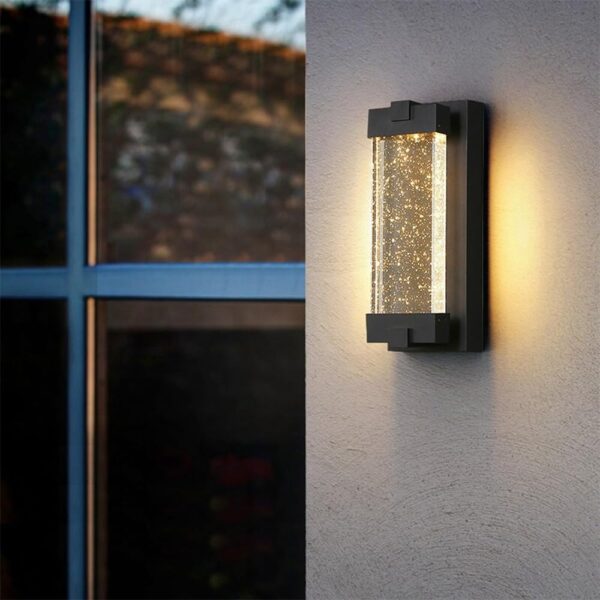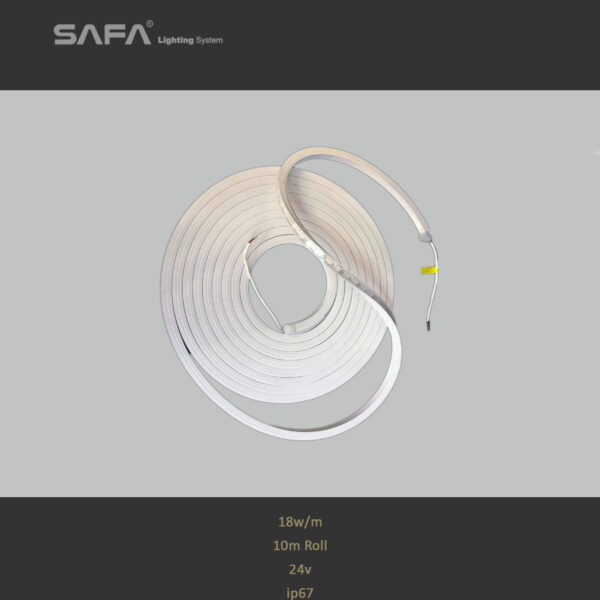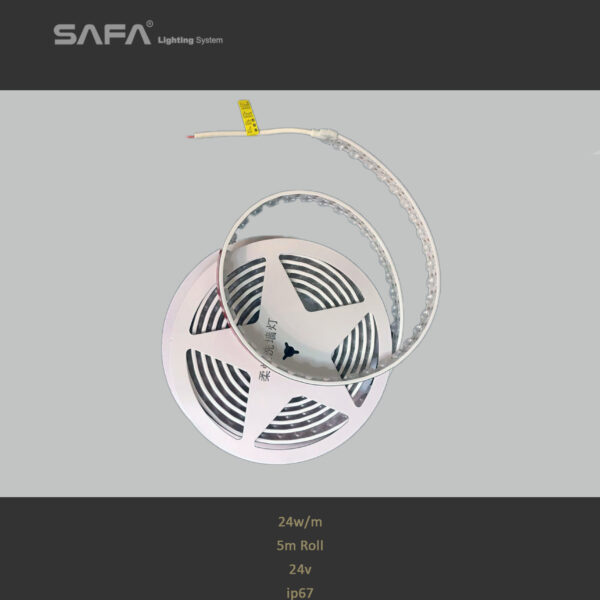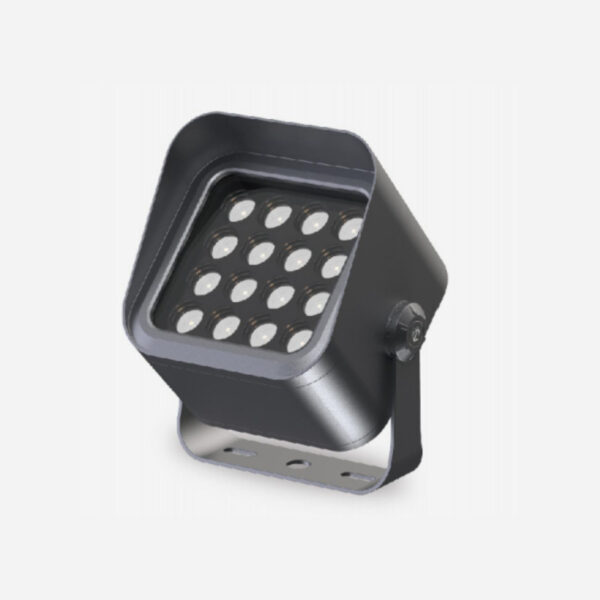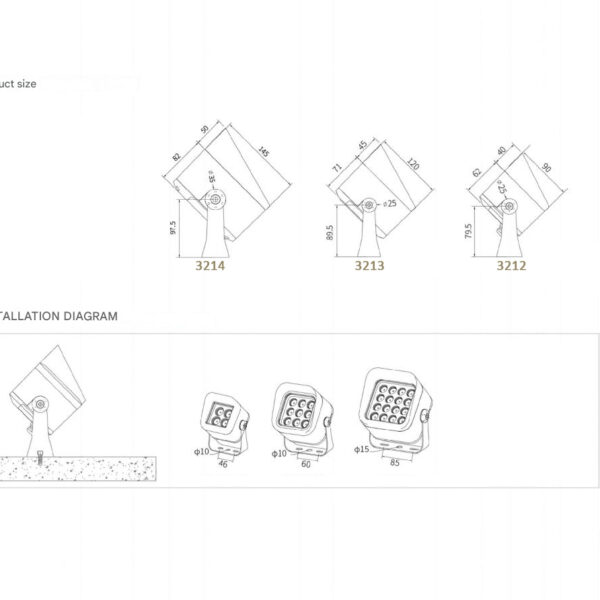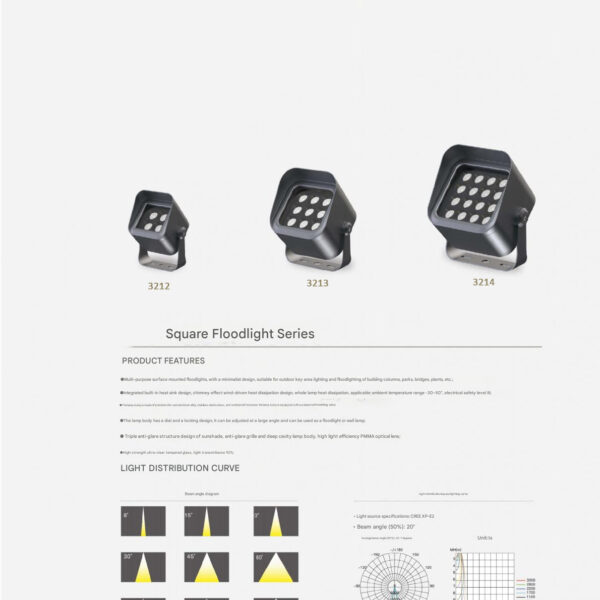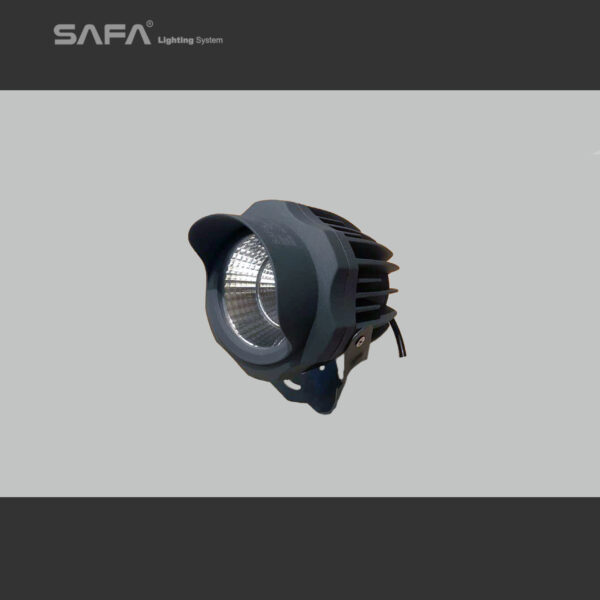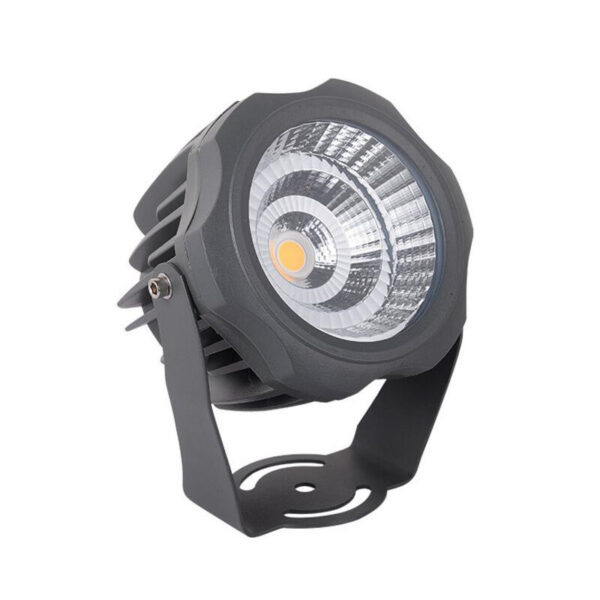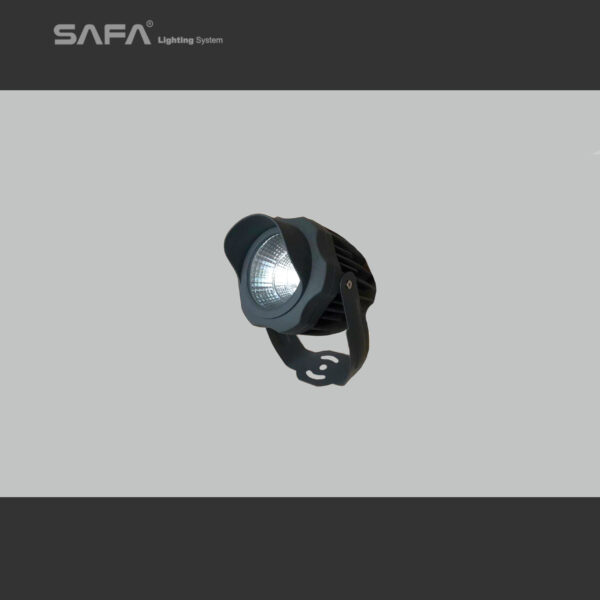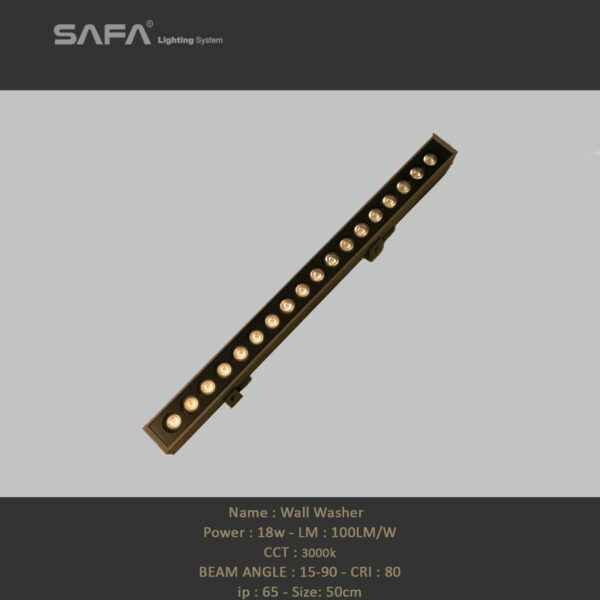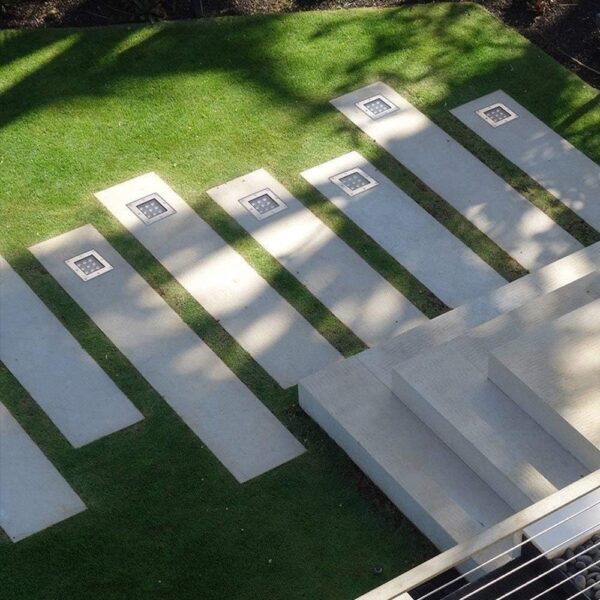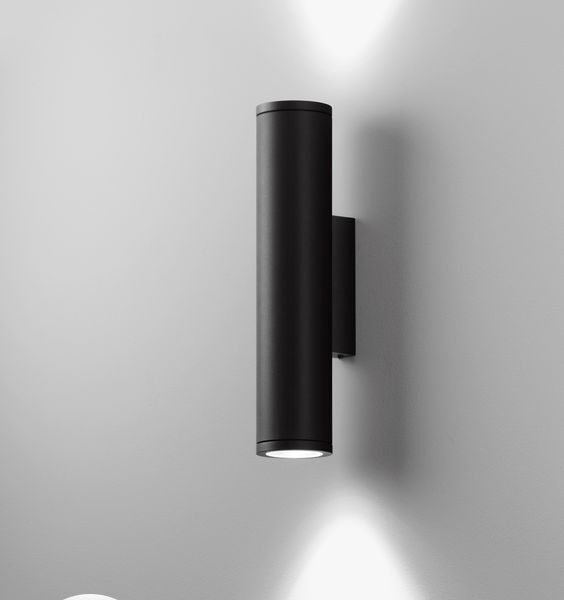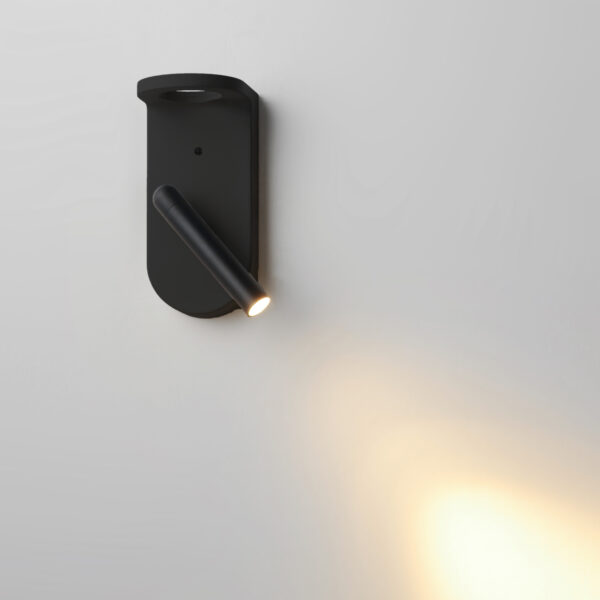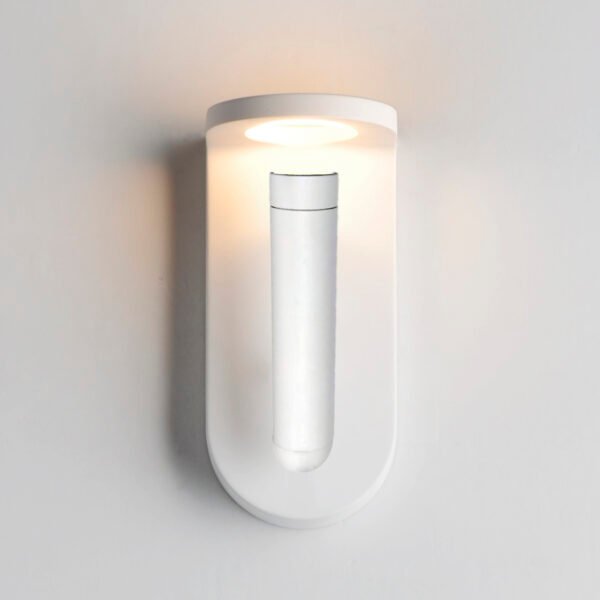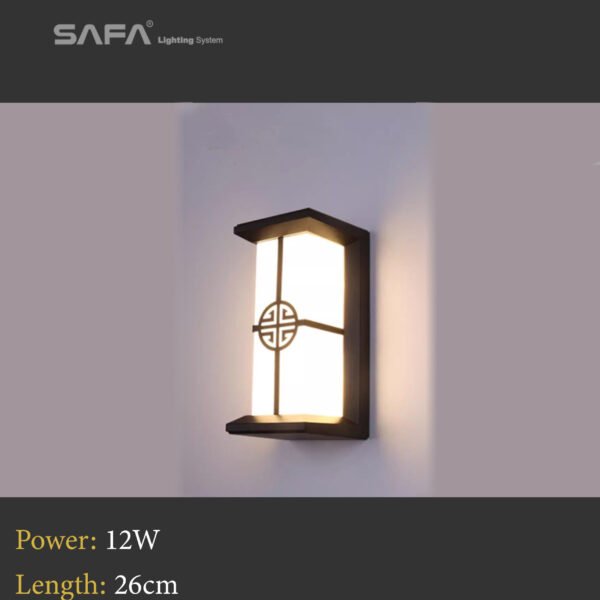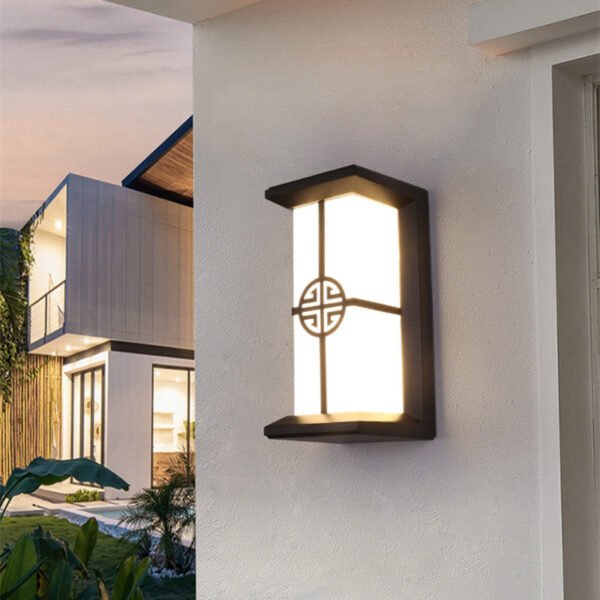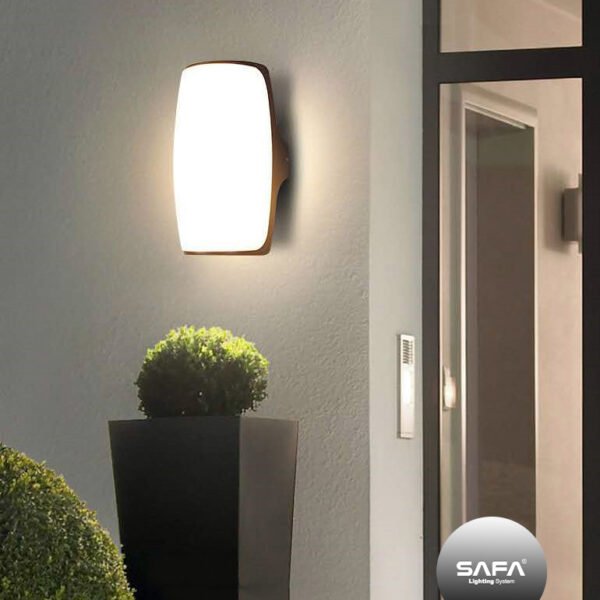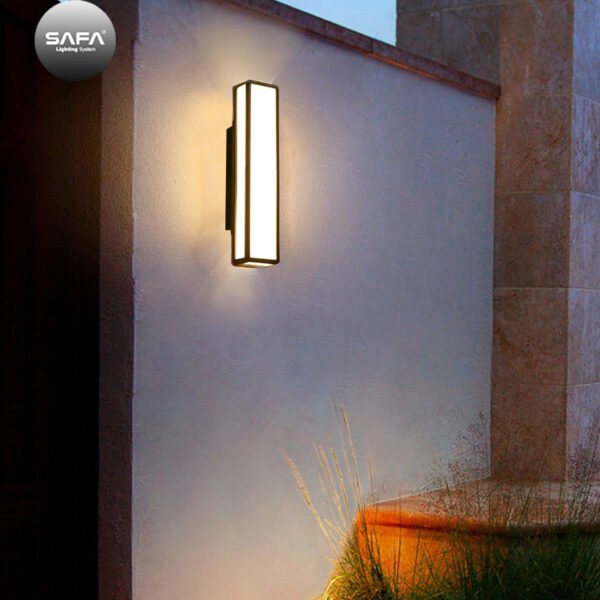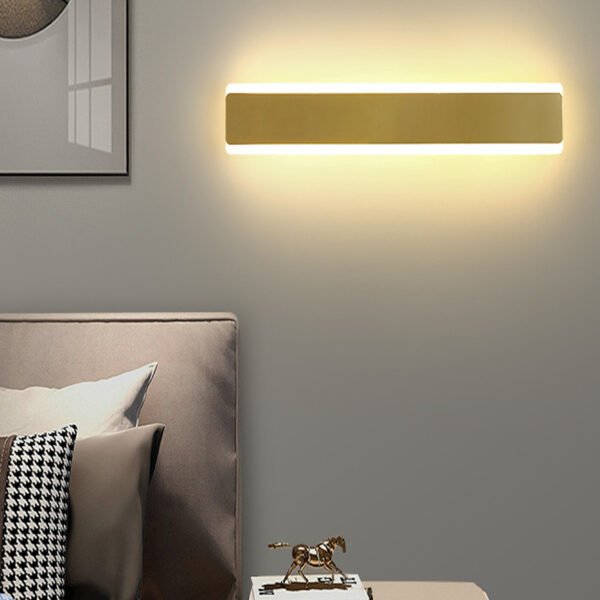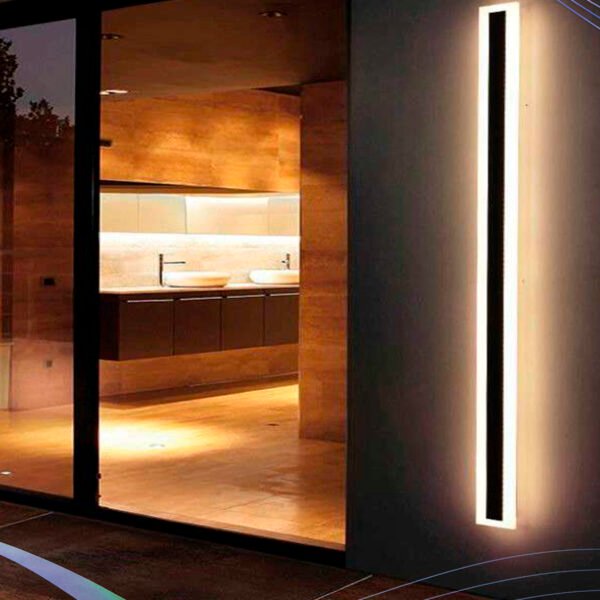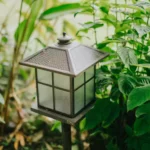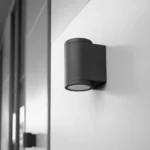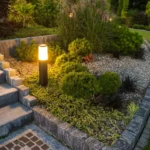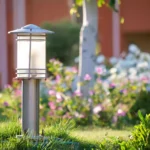Illuminating Your Landscape: A Comprehensive Guide to Outdoor Uplighting
Outdoor uplighting is a design technique that strategically uses light fixtures pointed upwards to illuminate architectural features, trees, and other focal points in your outdoor space. It’s a popular choice for homeowners looking to enhance the beauty and security of their property after dark. This guide delves deep into everything you need to know about outdoor uplighting, from the different types of fixtures and light sources to design considerations, installation tips, and maintenance practices.
Unveiling the Benefits of Outdoor Uplighting
Outdoor uplighting offers a multitude of advantages that can transform your property:
Enhanced Aesthetics: Uplighting strategically bathes your home, trees, and landscaping features in a warm glow, creating a dramatic and inviting ambiance. It highlights architectural details, adds depth and dimension to your outdoor space, and brings your landscaping to life at night.
Improved Security: Well-lit areas deter unwanted visitors and create a sense of safety around your property. Uplighting eliminates dark corners and illuminates pathways, making your home less susceptible to nighttime break-ins.
Extended Usable Space: Uplighting allows you to enjoy your outdoor space well past sunset. By illuminating patios, decks, and walkways, you can create an extension of your living area for evening entertaining or relaxation.
Focal Point Creation: Uplighting can be used to draw attention to specific features in your landscape, such as a majestic tree, a beautiful water fountain, or a unique sculpture. This technique creates a focal point that adds visual interest and enhances the overall design.
Ambiance Control: With dimmers and color-changing options available in some fixtures, you can adjust the lighting intensity and color temperature to create the perfect ambiance for any occasion.
Exploring the Spectrum of Outdoor Uplighting Fixtures
Uplighting comes in various forms, each offering unique advantages:
Spike Spotlights: These versatile fixtures are ideal for highlighting trees, shrubs, and statues. They come with pointed stakes for easy installation in the ground and allow for adjustable light direction.
Recessed Uplights: These fixtures are embedded flush within the ground, creating a subtle and streamlined look. They’re perfect for illuminating walkways, patios, and driveways, providing a soft glow without creating glare.
Wall-mounted Uplights: Mounted directly onto walls, these fixtures are ideal for uplighting architectural features like columns, arches, and doorways. They offer a wider beam spread compared to spotlights, casting a wash of light on vertical surfaces.
Floodlights: Primarily used for security purposes, floodlights bathe large areas in bright light. While not ideal for highlighting specific features, they effectively illuminate driveways, walkways, and entrances.
Solar Uplights: Powered by the sun, these eco-friendly fixtures are perfect for low-maintenance uplighting. They come in various styles and offer automatic operation at dusk.
Choosing the Right Light Source for Your Uplighting Project
The type of light source you choose for your uplighting fixtures significantly impacts the aesthetics, energy efficiency, and lifespan of your system. Here’s a breakdown of popular options:
Incandescent Bulbs: These traditional bulbs provide a warm and inviting light but are less energy-efficient and have a shorter lifespan compared to other options.
Halogen Bulbs: Offering brighter light with a similar warm color temperature to incandescent bulbs, halogens are slightly more energy-efficient but still have a limited lifespan.
LED Lights: The most energy-efficient option, LEDs provide long lifespans, a wide range of color temperatures (warm white, cool white, and color-changing options), and minimal heat generation.
Unveiling Design Secrets for Stunning Outdoor Uplighting
Before installing your uplighting system, consider these design tips for optimal results:
Planning is Key: Sketch a layout of your outdoor space, including the areas you want to highlight and the placement of fixtures. Consider factors like light source type, beam spread, and desired lighting effect.
Highlight Architectural Features: Uplighting can accentuate architectural details like columns, arches, and rooflines, adding depth and dimension to your home’s exterior.
Showcase Your Landscaping: Strategically placed uplights can illuminate trees, shrubs, and flower beds, creating a dramatic and inviting atmosphere.
Emphasize Pathways and Walkways: Uplighting walkways and pathways not only enhances safety but also guides visitors and creates a welcoming ambiance.
Less is More: Avoid overdoing uplighting. Use light strategically to create focal points and maintain a sense of balance in your outdoor space.
Warm Color Temperatures: Opt for warm white or soft white LED lights for a more natural and inviting look. Cooler color temperatures can appear harsh in an outdoor setting.
Illuminating the Path: Uplighting Installation Tips
While professional installation is always recommended, here are some basic guidelines for DIY enthusiasts:
- Safety First: Always ensure you’re
Illuminating the Path: Uplighting Installation Tips (continued)
Safety First: Always ensure you’re working with a qualified electrician when dealing with electrical wiring. Uplighting systems often require low-voltage transformers to power the fixtures safely.
Consider Local Regulations: Some municipalities have regulations regarding outdoor lighting brightness and placement. Check with your local building department before installation.
Excavation Considerations: When installing buried uplights, ensure you call your local utility locating service to mark any underground lines before digging.
Power Source Planning: Determine the power source for your uplighting system. You’ll need to run low-voltage cables from a transformer to each fixture location.
Fixture Placement: Dig trenches or drill holes for recessed uplights, following the manufacturer’s instructions for spacing and depth. Position spike spotlights strategically for highlighting desired features. Ensure proper drainage around buried fixtures to prevent water accumulation.
Wiring and Connection: Following the manufacturer’s instructions, connect the low-voltage cables to the transformer and each uplight fixture. Ensure all connections are watertight using weatherproof wire nuts and sealant.
Testing and Adjustment: Once installation is complete, test each fixture to ensure proper operation. Adjust the light direction and beam spread of spotlights for optimal effect.
Maintaining the Magic: Uplighting Care and Upkeep
With proper care, your outdoor uplighting system will continue to enhance your property for years to come:
Regular Bulb Replacement: Depending on the light source you choose, replace bulbs periodically to maintain optimal brightness.
Cleaning Fixtures: Regularly clean the lenses of your uplights to remove dirt, debris, and cobwebs that can obstruct light output.
Inspecting Wiring: Occasionally inspect the wiring for any signs of damage or fraying. Contact a qualified electrician for any necessary repairs.
Seasonal Adjustments: In colder climates, consider using weatherproof covers for your uplights during winter months to protect them from harsh weather conditions.
Upgrading to Smart Technology: Explore smart lighting options that allow you to control your uplighting system remotely using your smartphone or voice commands.
By following these guidelines, you can design, install, and maintain a stunning outdoor uplighting system that transforms your property into a captivating and inviting space, adding beauty, security, and extended enjoyment to your outdoor living areas. Happy illuminating!

